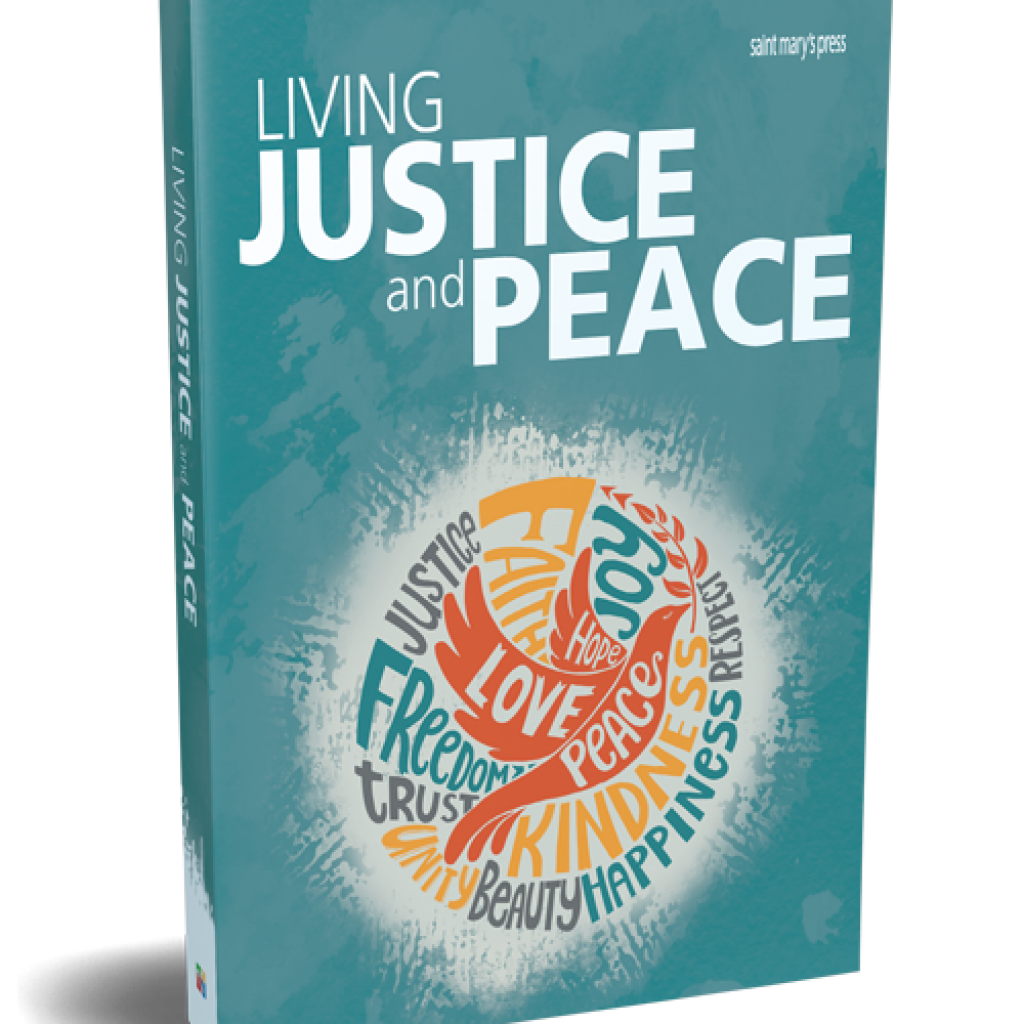
Building Community
In a society where young people are well connected virtually but still feel isolated and lonely, how can we build school communities where young people feel important and seen? We can start by focusing on creating inclusive communities and working toward a school where diversity is respected and no one is left out. One event in schools around the world that has made a difference in this effort is “Mix It Up at Lunch Day.”
Mix It Up at Lunch Day is an international campaign that encourages students to identify, question, and cross social boundaries. Any school can host a Mix It Up event. During this event, students are asked to move out of their comfort zones and connect with new people over lunch. It’s a simple act with profound implications, and it encourages healthy, welcoming school environments with interactions that can break the ice and bridge the gap between groups.
Once a year (or more often) each student receives a colored sheet of paper with a letter from the phrase “Mix it up” on it. The challenge is for each student to find six other students with letter combinations that spell the words Mix It Up. As soon as they have found the right combination of letters, the group stands in line in the correct order to spell out the words. Once each group has all its members, they find a spot to eat lunch together. Many schools play music over the PA system and provide free pizza for lunch.
In a way, the Mix It Up activity encourages students to answer an important question: How will we define our community? The answer to this question has a huge impact on the community that is or is not formed. Of the many elements that allow people to live full and dignified lives, one of the most basic is participation in community. We depend on our relationships with others because human beings are social. As images of God, we are made to be in loving relationships with one another.
The Mix It Up event can help reveal that communities based on inclusion are stronger and help all members thrive. Exclusion attempts to determine who does and does not belong to the community by focusing on the differences that separate people from one another, while inclusion recognizes that our differences are insignificant compared to the things we have in common, including our shared dignity as creations of God. In communities formed with a focus on inclusion, love overcomes the differences among people. This is what students begin to realize after they participate in a Mix It Up event.

Empower students to explore the intersection of justice, peace, and faith with Living Justice and Peace, an accessible and poignant introduction to Catholic Social Teaching that touches the vital issues impacting young people’s lives today.

